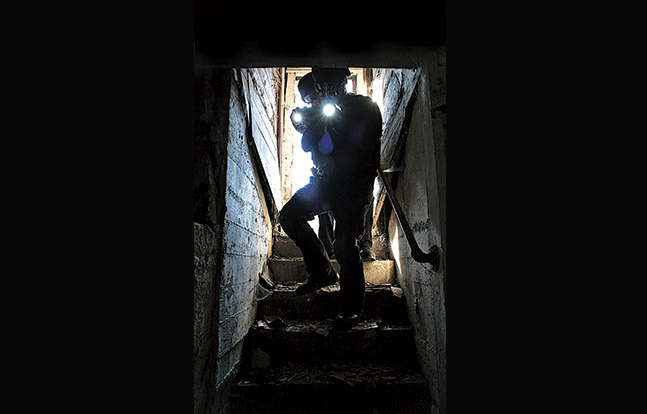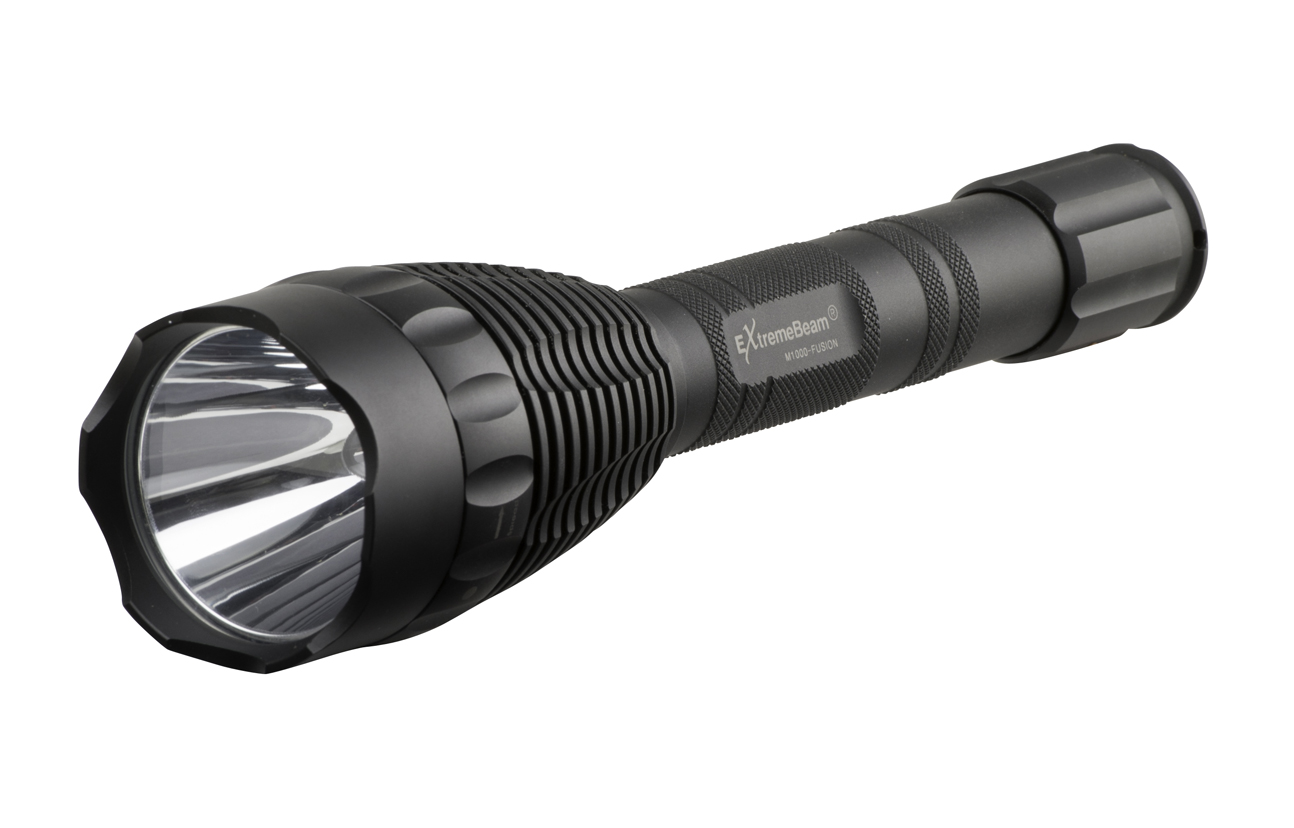Law enforcement officers today have a wide selection of incredibly powerful tactical flashlights. The tactical flashlight of today is much more advanced than those of just two decades ago. LEDs have almost wholly replaced incandescent bulbs, and give current tactical lights unprecedented light output, durability, and efficiency. Modern lights simply burn brighter, run longer, and are more rugged than they have ever been. Because of these advances, small flashlights can be constantly carried on the officer’s duty belt.
Before buying a new duty-ready tactical flashlight, keep these considerations in mind:
1. Light Output
Total light output is measured in lumens. The higher the number, the brighter the light.
2. Beam Distance & Focus
Beam distance is typically measured in meters, while the intensity of the beam is expressed in candela. A longer distance and larger candela suggest a more focused beam.
Advertisement — Continue Reading Below
3. Water Resistance
Most tactical lights are splash resistant. However, a rating of IPX-7 means a flashlight is waterproof for 30 minutes at a depth of 1 meter. An IPX-8 rating means the light is submersible for at least four hours to a specified depth greater than 1 meter.
4. Power Source
Many duty lights run on CR123A batteries, while others use rechargeable or alkaline batteries.
5. Switches
Smaller handheld lights frequently use tail cap switches. Larger lights can use switches mounted in the body, tail cap, or in both locations. A few lights use a twisting motion to turn on.
Advertisement — Continue Reading Below
6. Size
The duty belt is already crowded with a lot of gear. The size and weight of a tactical flashlight can make a difference to your lower back. If the flashlight is too large or too heavy, it may be left in the car.
7. Modes of Operation
There is more to the flashlight than just how bright it is. An officer might want a duty light with a strobe mode, or the ability to reduce the total output for reading documents or navigation.
Advertisement — Continue Reading Below
8. Run Time
How long a flashlight will operate on a single set of batteries is just as important as how bright it is. The nights are long, and an officer needs a light that will work as long as possible.
9. Warranty
The willingness of a company to stand behind its products can indicate how well the light is built in the first place. All manufacturers can have a lemon roll off the line, and an officer needs to be able to get it fixed should his or her purchase be that one
10. Impact Resistance
All flashlights will be dropped, and some will be subjected to heavy recoil when mounted to rifles or shotguns. An officer needs a flashlight that has been ruggedized for the harsh law enforcement environment.
Advertisement — Continue Reading Below

























